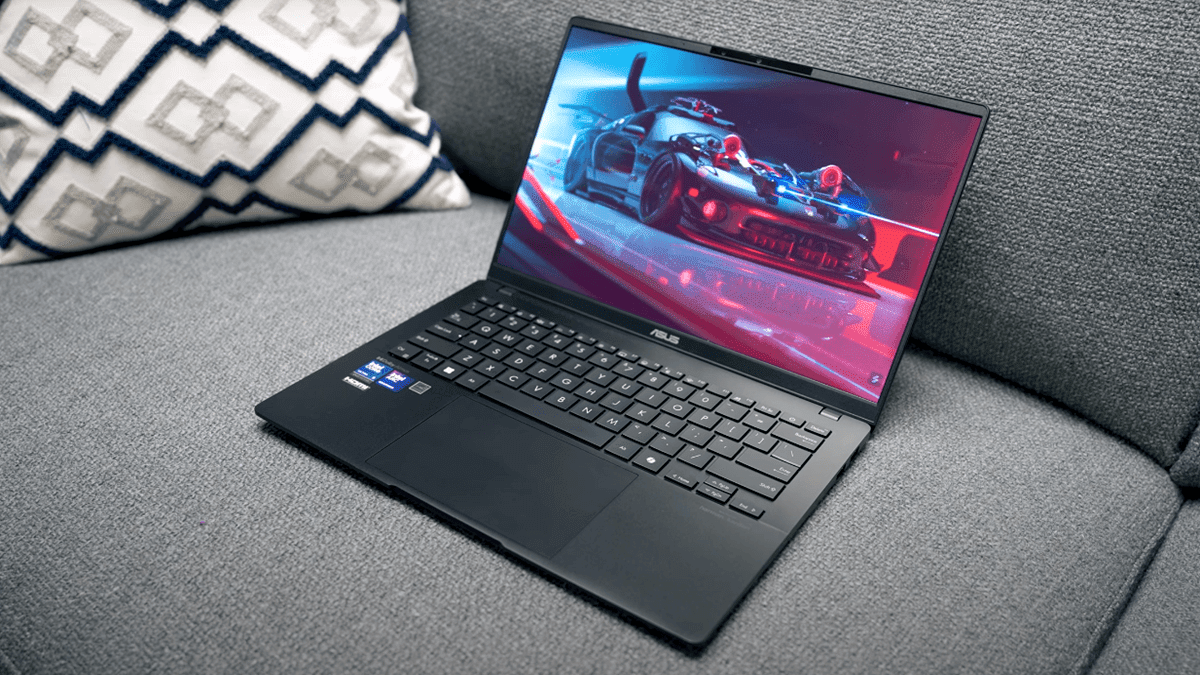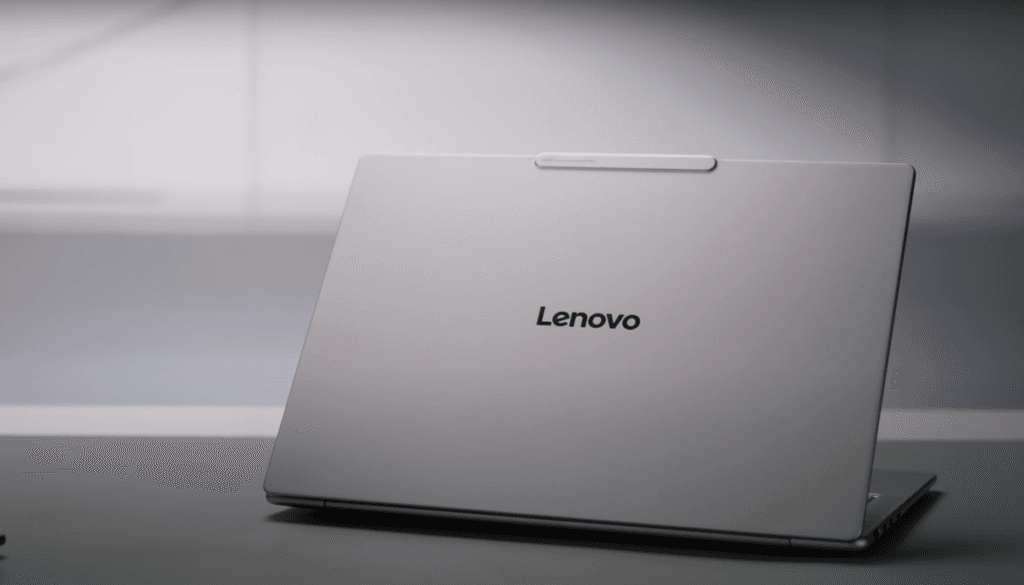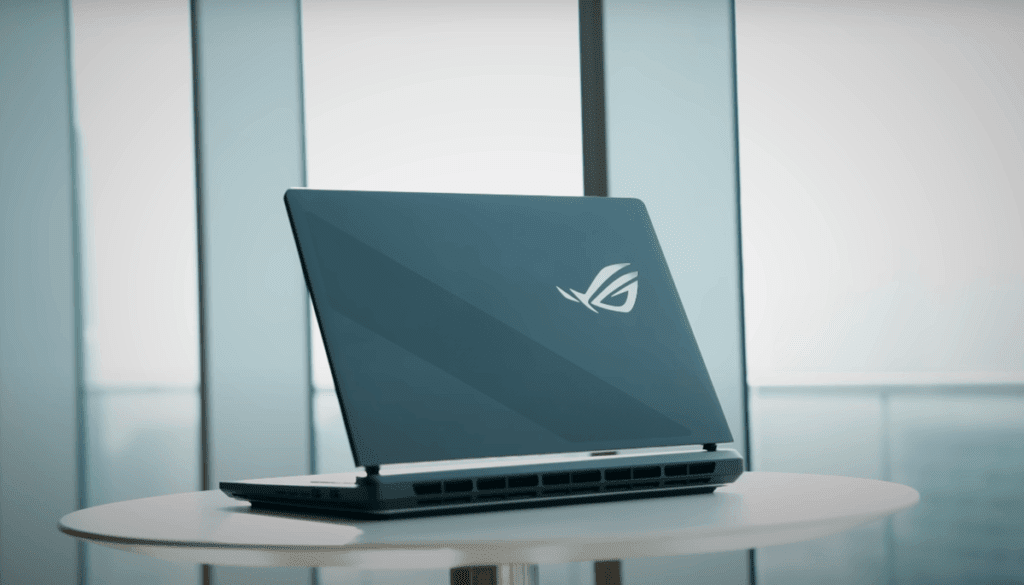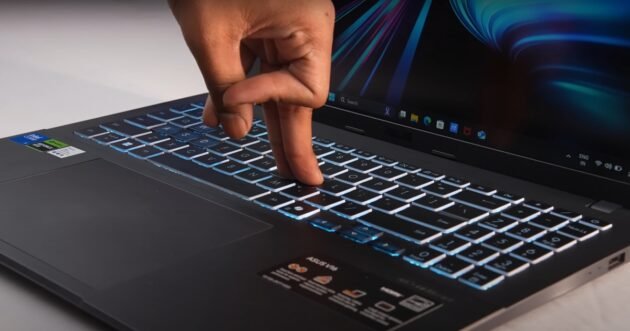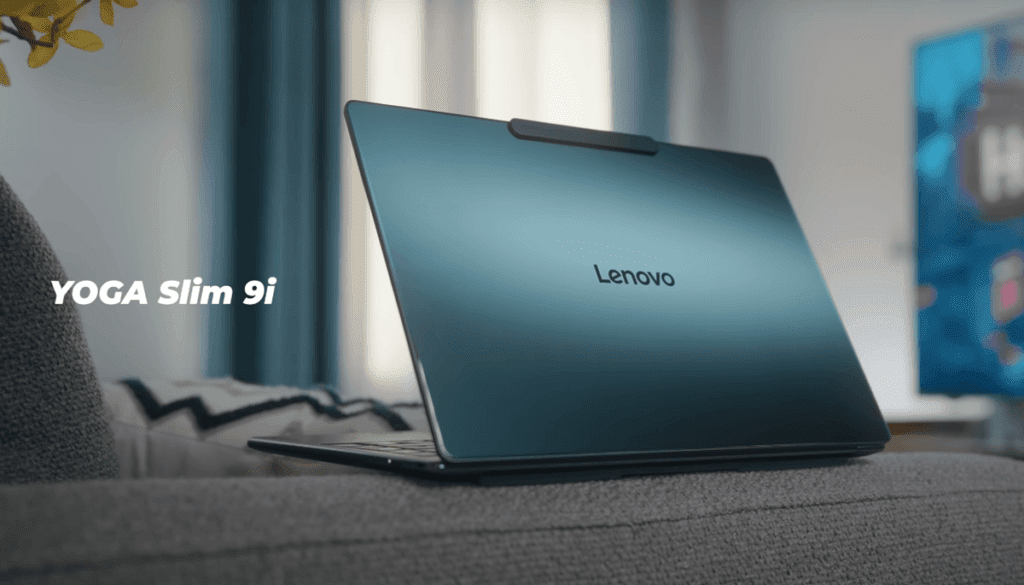I say to you $650 and that $650 us thin and light laptop. what is the first thing that comes to your mind, and I bet you, I know what you’re thinking it is something like this a Relatively heavy, relatively thick plastic bodied laptop that has a dim screen and probably makes a ton of sacrifices.
Not only that it has a CPU architecture that might have been launched Two Three or maybe even four years ago, they’re thinking about things completely differently it has a lunar Lake CPU an OLED screen and Aluminum construction. It seems like it is the dream laptop.
ASUS Vivobook S14 SPECS & CONNECTORS
That latest generation lunar Lake processor with the Ultra 5 226 v 16 gigs of memory and a 512 gig SSD, It’s exclusively available though at Best Buy at least for now meanwhile there’s an upgraded version of the vivo book S14 with the 258 V and A 1 TB SSD. At Walmart but That’s also significantly more expensive though it still slips in just under that $1,000. I need to mention is the best buy laptop is technically listed at 950 bucks but we’ve been monitoring its price for about 6 weeks or So now and it’s been sitting at $650 for four of those 6 weeks.
I should also mention this is our first introduction to the lowest-end CPU in Intel’s lunar Lake lineup and while it still has eight cores and eight threads there’s pretty significant cutbacks to clock speeds and cache the 226v also gets a cut down Arc 130v GPU and one less neural compute engine and speaking of connectivity what The VivoBook S14 offers you is actually pretty impressive.
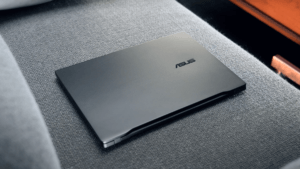
Especially when you compare it to a much more expensive device like. I guess Dell’s XPS lineup or something slightly thicker like Lenovo’s slim 7i Aura Edition, There’s a pair of Thunderbolt four ports a full-size HDMI a m SD card reader and the usual 3.5 mm combo Jack but, What sets the Vivo book apart is the fact that it includes two USB 3.2 type A gen 1 ports whereas most of the competition just has one
I just wish that Asus had put one USB C and a on each side because Right. Well it just feels a little bit odd and either way you look at it that layout is pretty impressive when you consider all of this is packed into a thin and overall very Light 14-in chassis, So Asus has managed to strike that find balance between Port selection and portability.
Asus is using a 1610, 1200p 60 HZ OLED
The problem with a lot of these thin lights especially the ones that cost under $1,000 is that. The manufacturers they skimp on the batteries we’re seeing 50 to 60 watt hour units in these things. Asus on the other hand with the vivo book S14, They’ve gone with a 75w unit and when you combine that with the lowest end lunar Lake processor the results are well fantastic.
We’re talking about 16 hours or more which is in a whole other dimension when compared to other windows-based laptops. We’ve reviewed, there are times when Apple silicon gets close but overall this laptop is just unbeatable right now actually these numbers are simply mind-blowing when you consider that less than a year ago we were struggling to hit over like 12 hours with meteor Lake in some of these tests and now 16 hours or even more is completely possible with the right setup.
Even in a heavier load scenario, the only laptop that can beat this one is the MacBook Air M3 which sort of makes sense because that thing needs just 11 watts compared to the Vivo books 30 WTS and those numbers are being put down by a laptop like, This one that’s rocking an OLED screen which technically does consume a little bit more power than the LCD panels that are out there.
That’s rated to cover 100% of the DC ip3 color spectrum while running at up to 600 nits with HDR enabled
Now about this screen it’s one of the major pain points on a lot of more affordable laptops but this thing this thing is really good for the price Asus is using a 1610, 1200p 60 HZ OLED. That’s rated to cover 100% of the DC ip3 color spectrum while running at up to 600 nits with HDR enabled and in our tests.
it just nailed color reproduction though there is a very slight shifting into oversaturated Reds the brightness numbers on the other hand well without HDR on we got almost 400 nits which is actually ok. If you wanted better than this, you’d actually need a much higher-end laptop but subjectively when you take a step back and just look at it for a couple of seconds the colors pop, its high contrast ratio gives every piece of content that amount of punch that everybody is looking for this is just a great screen, I mean, I got to give props to Asus here what they’re doing is exactly what people want an OLED display at under 1,000 bucks.
Also Read: ASUS Zenbook A 14 – The Ultimate 2025 Travel Laptop
At this point in time, you might be wondering like why you should even consider something like this Asus’s own ZenBook lineup, when something like the Vivo book S4 seems to have everything, you could possibly want and then some at a lower price point. I do want to sort of pause here and talk about a little bit more, Because while you can feel like essence of ZenBook within the Vivo book S14 and it is a massive step up from the creaky plasticky fall apart in your hands feel of a lot of other very budget minded laptops.
There are a couple of little slip UPS here. Let’s start with a little pet peeve of mind this thing has the worst finish I’m going to emphasize that again the worst finish I’ve ever come across on a laptop in the last two years. I’m not sure what Asus was thinking with this so called neutral black but it’s, A freaking mess it shows every fingerprint every Speck of dust.
Keybord quality of ASUS Vivobook S14
The entire shell is made of aluminum alloy the screen’s hinge doesn’t exhibit excess wobble there’s no flexing in the keyboard area and in general Everything feels just well put together except for one thing we’ve had this in the lab for about a month now and At some point during the course of normal opening and closing the lid actually started to Bow slightly upwards along the top Edge and the keyboard on this thing, I mean anybody who’s watched one of my laptop reviews probably already knows this I a little bit of a laptop keyboard elitist.
I’m biased here because even the Zen books asus’s higher-end devices. I don’t like the keyboards all that much on those things and this one this one actually takes sort of like a step back from even those, I mean sure Asus advertises 1.8 mm of key travel but the whole experience just feels a bit dead and lifeless without much feedback slightly wobbly keys and frankly. I guess you would say, while I’m usually able to hit decent words per minute on most 14-inch laptops.
I found my accuracy really struggling on this one then again when compared to other sub $1,000 laptops well it’s better than what Aser and Del offer that’s for sure plus it’s got full RGB backlighting though it’s way way too dim. You can actually see more light spilling out from behind the keys than coming through the letters and while it’s RGB actually changing the color isn’t all that evident at first.
Asus is using The windows Dynamic lighting feature just open it up use the drop down next to effects and choose whatever color you want as for the trackpad. Well there isn’t much to say other than it’s a good size it actually has better palm detection than, I expected and the buttons feature a great amount of tactile feedback Asus also incorporates a few additional gestures into it like tapping in the upper right hand corner brings up the settings sliding your finger left and right at the top Edge advances or rewinds media playback while the left and right edges can be used to control volume and brightness.
Webcam of ASUS Vivobook S14
We absolutely need to talk about is the webcam and the microphone array on this thing because it is one area, That Asus Prides them selves on having a premium experience. So this is raw this is the first time that I’m seeing this webcam in person and for a sub $1,000 laptop.
I you couldn’t ask for more this thing actually beats a lot of the other laptops that we’ve had here at the office at least visually the way I’m looking at it right now my skin tone looks proper the contrast is good there’s no lens flare from the overhead lighting above me, I mean this is very very good now as for the microphone array. I can’t really tell you because I’m just doing this off the cuff here, I’m not listening to my own microphone phone array here but you guys could be the judge of that.
The Vivo book is no faster yet no slower than most of the other devices
The speaker setup and they are what they are it’s a thin and light laptop so you’re going to get thin low sound without much bass you shouldn’t be expecting much from this thing especially considering that me and I’m sure a lot of you guys are going to use headphones while we’re on the go with an ultra portable but you know what else isn’t all that great well you guessed.
It upgrade options but with this being a thin and light laptop using Lunar lake with its on package memory you probably already guess that not only is the Vivo book harder to get into the only user upgradable item here is the Gen 4×4 m.2 SSD, Which uses a standard 2280 form factor and that leads us believe, it or not to another surprise the way Asus ended up managing performance on this thing is is actually really interesting.
You might think that just because this is a entry level lunar Lake laptop. that is going to be a complete pushover. when it comes to Performance. I’ve got some news for you on that one first of all there are four modes within the Asus Control Center and in full core workloads there of those four are functionally identical in terms of power temperatures and Even noise with the only standout being whisper mode, which Cuts things down in every single category and Those temperatures well for a thin and light laptop.
Also Read: Asus vivobook 16 Snapdragon X Processor performance test
They’re really really good even with the laptop being pretty quiet overall, There’s something pretty ironic here too this Vivo book is actually running its processor at a slightly higher power level. Than the 258 V we tested in the Zenbook S14 while also getting better temperatures too and all of this leads into one of the Hallmarks of lunar Lake. It runs really really cool and that translates to low laptop skin temperatures even in heavy workloads since there’s simply less heat to disperse.
Asus has also worked hard to ensure The few hotpots that do pop up are outside of areas that will typically make contact with your hands or lap so at this point in time I’m sure a lot of you guys are wondering this $650 laptop with Intel’s entry level Ultra 5 226 v.
How does this thing hold up against the competition. Let’s start off in areas where these laptops will be used the most which is General tasks like office productivity and Here well the Vivo book is no faster yet no slower than most of the other devices here even the much more expensive Zenbook S14 with its Ultra 7 258 V. And the same thing goes for single threaded benchmarks and cine bench it’s pretty much in line with every other thin and light.
We’ve tested in the last few months which means for everyday Computing you’ll likely won’t be able to tell the difference between something like the Vivo book S14 and the zenbooks or slim 7 eyes of this world but the second you hit this thing or any lunar Lake based laptop for that matter with a heavy all core workload. Well things tend to go just a little bit sideways in those situations. The Vivo book heads closer to the bottom of our charts and yet it isn’t as bad as you might have thought in a lot of cases.
